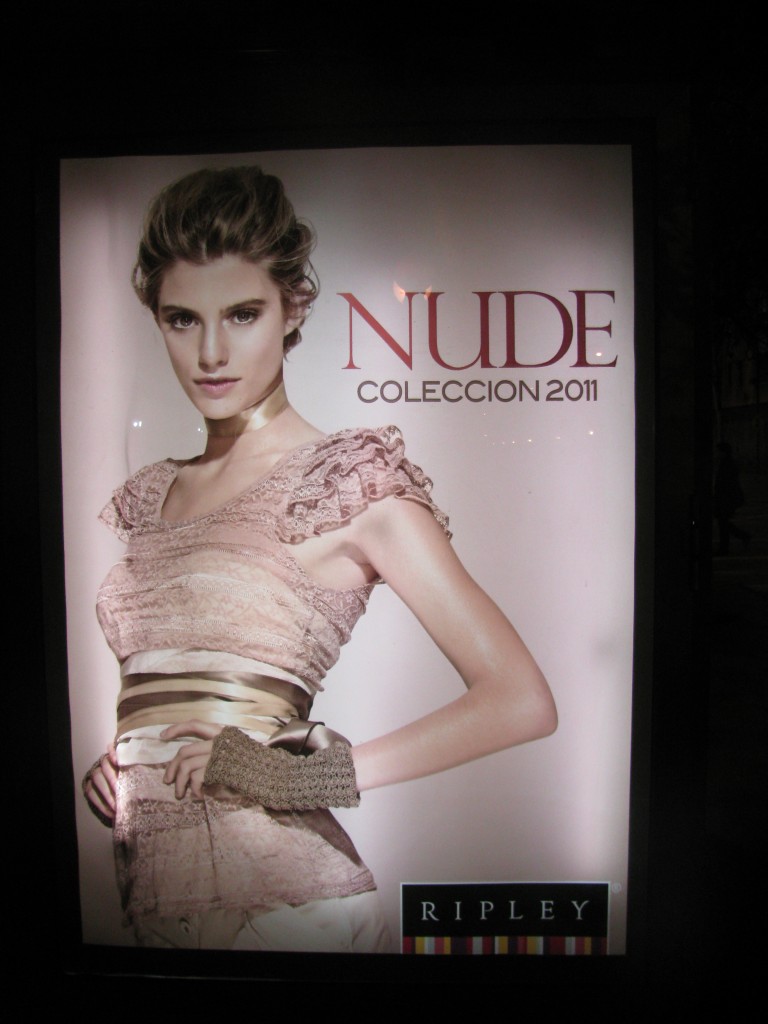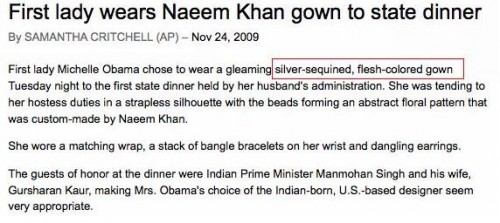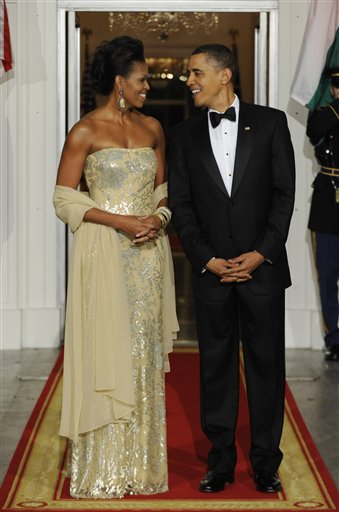
Jay Smooth posted a 2-minute clip of rapper Brother Ali discussing why he, as a White rapper, decided not to use the “N-word,” and the need to be sensitive to the fact that being friends with African Americans, or being social disadvantaged in some ways (economically, due to a disability, etc.) doesn’t erase White privilege. The visual effect is sort of wonky, but it’s an interesting conversation:
Partial transcript, available at Jay Smooth’s website:
The thing with the ‘n word’: it’s very very confusing for white kids who have a lot of black friends and are accepted. And I can’t stand here and say that when I was 9 years old, and all my friends were black, and they were telling me ‘you’re basically black,’ that I didn’t believe that. Now I’m at a place where I’m just like ‘not everybody knows me and nobody should ever have to, like, why should I impose on other people to have to confront that question in their mind?’ You know what I mean?








